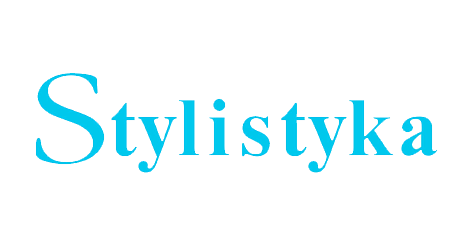

 https://doi.org/10.25167/Stylistyka35.2025.9
https://doi.org/10.25167/Stylistyka35.2025.9
The stylistics of the literature of the last half-century is methodologically and thematically diverse. The conception of literary style has changed; stylistic features are now treated as culturally shaped, extending beyond the purely linguistic means. In describing the styles of historical literary periods and genres, scholars increasingly emphasize the historical, social, and cultural contexts in which texts were created. Polish stylistics has comprehensively examined both the past epochs (e.g. the Middle Ages, the Renaissance, the Baroque) and post-1945 literature. The stylistic view of an artistic text is prospective in nature and depends on methodological aproaches, including text theory, pragmatics, communication theory, semantics, discursology, and cognitive science. It also reflects civilisational changes, particularly literature’s associations with new media, the cultural context, and the interplay between stylistics and other fields in the humanities. Unsurprisingly, contemporary linguists integrate different dimensions of literary works such as linguistic structure, semantic content, cognitive layer, worldview and axiological stance, highlighting the communicative aspect of the works and their intertextual, intersemiotic, and intermedial qualities.
Pobierz pliki
Zasady cytowania
Licencja

Utwór dostępny jest na licencji Creative Commons Uznanie autorstwa – Użycie niekomercyjne – Na tych samych warunkach 4.0 Międzynarodowe.